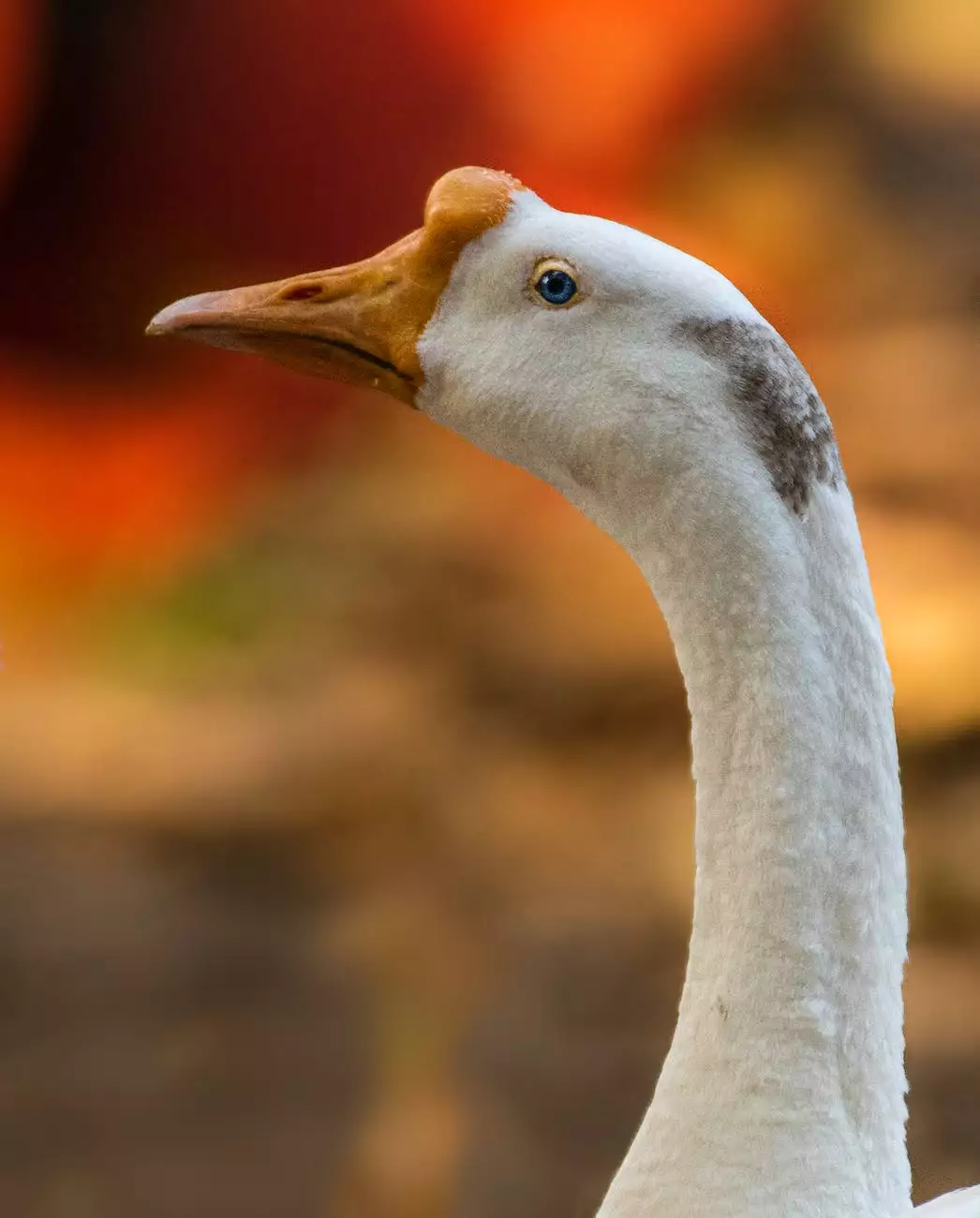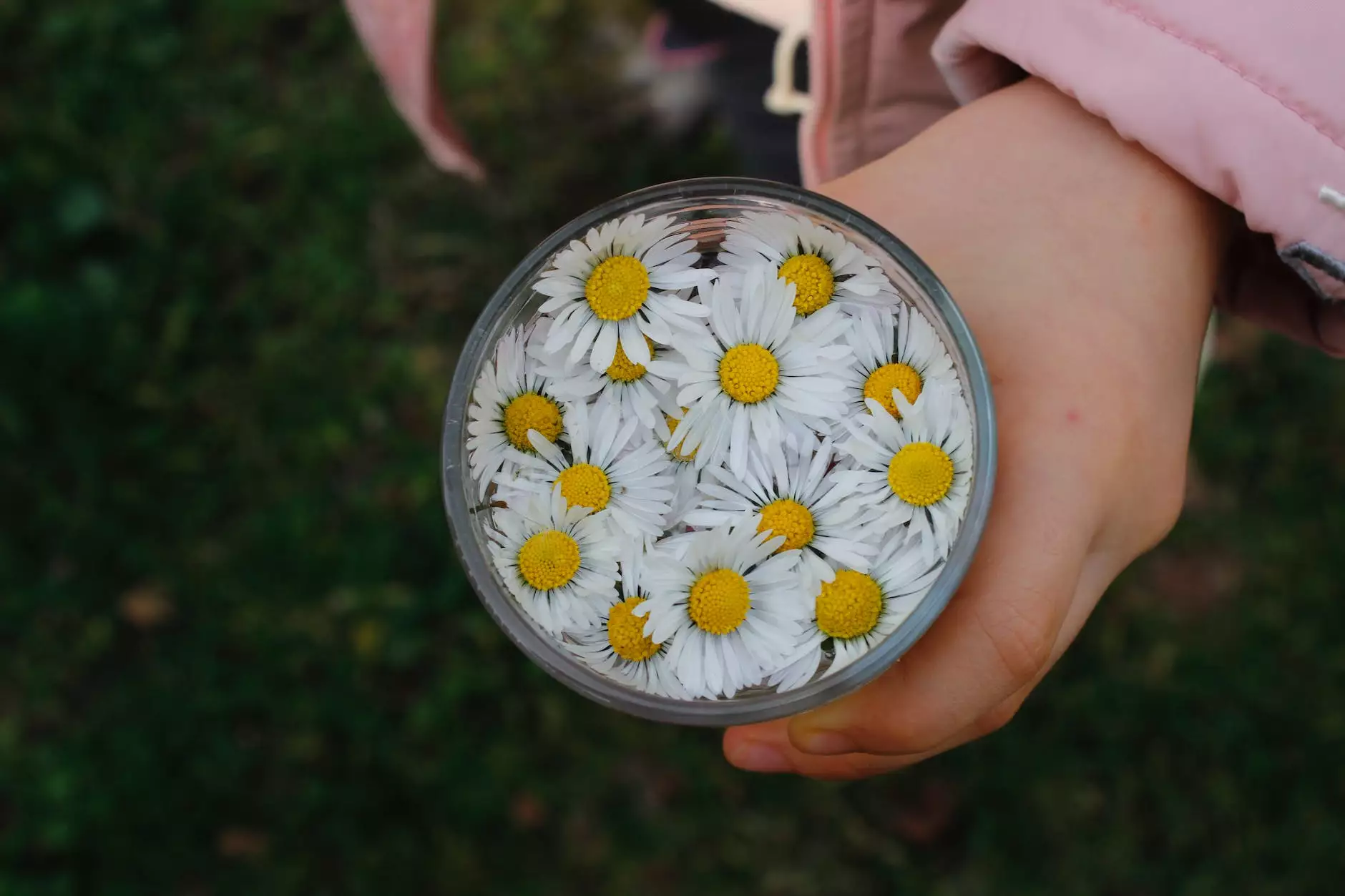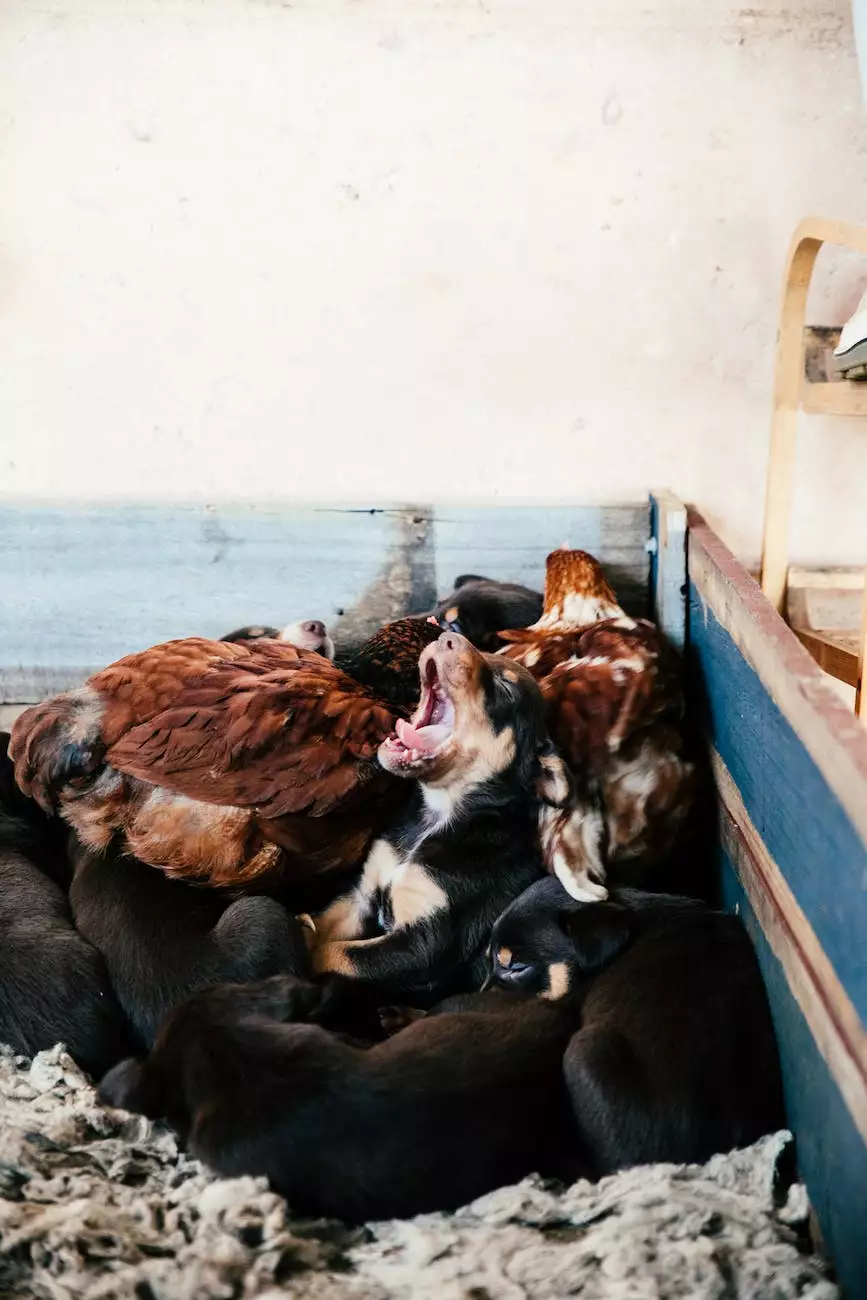Transplanting Cucumbers and Green Beans

Welcome to Pollen Bank's guide on transplanting cucumbers and green beans! In this comprehensive guide, we will provide you with all the information you need to successfully transplant these popular vegetables and ensure optimal growth and harvest. Whether you are a seasoned gardener or a beginner, this guide will help you achieve the best results.
Why Transplant?
Transplanting cucumbers and green beans can offer several benefits. Firstly, it allows you to start the plants indoors, giving them a head start before the growing season. This is particularly useful in areas with shorter growing seasons. Secondly, it provides better control over growing conditions, including temperature and moisture. Lastly, transplanting helps minimize the risk of pests and diseases as you can establish stronger and healthier plants.
Choosing the Right Time
Timing is crucial when it comes to transplanting cucumbers and green beans. These warm-season vegetables thrive in temperatures between 70°F and 85°F (21°C - 29°C). It's essential to wait until the danger of frost has passed and the soil has warmed up. Generally, this means transplanting after the last expected frost date in your area. Check with your local extension office or consult a gardening calendar for specific dates in your region.
Preparing the Soil
Before transplanting, it's important to prepare the soil properly. Cucumbers and green beans prefer well-draining soil rich in organic matter. Start by removing any weeds, rocks, and debris from the planting area. Amend the soil with compost or well-rotted manure to improve fertility and drainage. Consider conducting a soil test to determine if any adjustments, such as adjusting pH levels, are necessary to create an optimal growing environment.
Transplanting Cucumbers
Cucumbers are vine plants that require proper support and spacing. Start by digging holes that are deep enough to accommodate the root ball of each cucumber plant. Space them according to the recommended distances, which usually range from 12 to 24 inches (30-60 cm) apart, depending on the variety. Place each plant gently into the hole, ensuring the roots are not crowded or damaged. Fill the hole with soil and press it gently to secure the plant.
Transplanting Green Beans
Green beans, also known as snap beans, can be directly sown into the garden but can also benefit from transplanting. This method is particularly useful if you want to extend the growing season or overcome weed or pest challenges. Start by preparing the soil as mentioned earlier. Dig holes with adequate spacing, usually 8 to 12 inches (20-30 cm) apart, depending on the variety. Carefully transplant the green bean seedlings, ensuring they are at the same depth as they were in their original containers. Gently firm the soil around each plant.
Care and Maintenance
After transplanting, proper care is essential for the success of your cucumbers and green beans. Ensure they receive adequate sunlight, at least 6 hours per day. Water them regularly, keeping the soil consistently moist but not saturated. Mulching around the plants can help retain moisture and suppress weed growth. Monitor for pests and diseases, and take appropriate action if necessary. Regularly harvest ripe cucumbers and green beans to encourage continuous production.
Conclusion
Congratulations on acquiring valuable knowledge about transplanting cucumbers and green beans! By following the steps outlined in this guide, you are well on your way to a successful harvest. Remember, gardening is a delightful and rewarding experience, so enjoy the process and don't hesitate to reach out to Pollen Bank for any further assistance or gardening needs. Happy transplanting!









